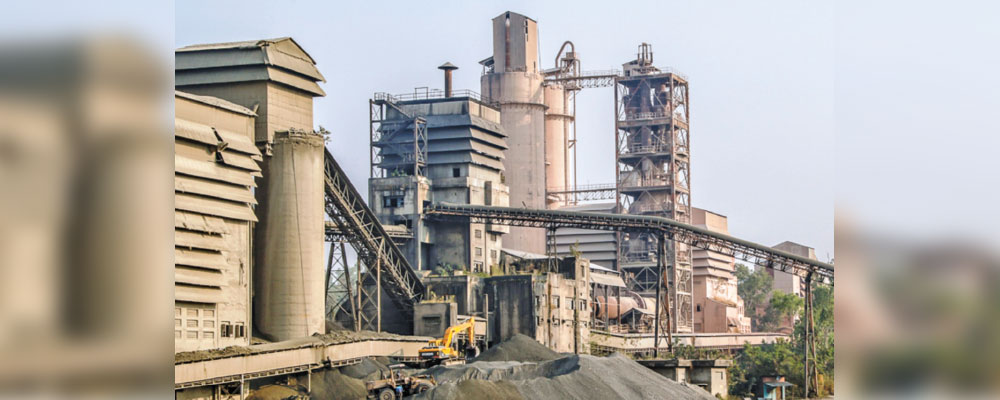
The cement and clinker worth Rs. 1.76 billion have been exported from Nepal during the first six months of the current fiscal year 2023/24. During this period, the overall export of the country decreased by 7.23 per cent.
The overall export decrease was offset to some extent due to the increase in the export of cement and iron steel during the review period.
The goods worth Rs. 74.96 billion have been exported during the review period. The contribution of cement and clinker to the total exports of the country is 2.34 per cent.
The cement and clinker exports have increased by 20 times during the review period as compared to the corresponding period last fiscal year 2022/23.
In the six months of the current year, cement worth Rs. 872 million and clinker worth Rs. 891.2 million have been exported.
During the same period last year, cement and clinker worth Rs. 87 million had been exported. In the last fiscal year 2022/23, cement and clinker worth only Rs. 779 million were exported.
Nepal started exporting cement to India officially in July 2022. It has been only 18 months since the export started. In these 18 months, cement worth more than Rs. 2.53 billion has been exported to the Indian market.
Currently, cement manufacturers, including Palpa Cement, Arghakhanchi Cement and Sarbottam Cement export their products to India.
Government support needed to increase export
President of Cement Manufacturers’ Association of Nepal Dhruba Thapa expressed his hope that the speed of export is expected to increase further in the days to come.
The export growth rate of cement has increased significantly in such a short period of time. After the government encouraged the export of domestic goods, the export of cement-clinkers to the Indian market has started to increase, he said.
"Cement is an industry based entirely on domestic raw materials. The export of cement would support the country to reduce the growing trade deficit as it can be exported with huge value addition," he said.
The private sector investing in the cement sector was also excited with the announcement to provide cash incentives in export. The government has also arranged for a cash subsidy of up to 8 per cent to industries exporting domestic goods.
According to Thapa, the businessmen have not yet received the subsidy for export so far even though the government has announced to provide cash subsidy for export.
Around 65 cement industries, including small and big, have an investment of Rs. 300 billion which have a capacity to produce more than 25 million tonnes annually.
Out of 65 industries, about 15 cement industries have been closed due to various reasons. At present, the domestic consumption stands at around 10 million tonnes annually and the remaining 15 million tonnes can be exported.
The demand for cement inside the country has decreased instead of increasing over the years, said Thapa. The demand for cement has dropped to 8 million tonnes yearly at present while it was 10 million tonnes in 2018.
Analysing the capacity of the cement industries operating in the country, Nepal can export cement worth Rs. 150 billion yearly.
"If the government facilitates and takes initiative in a diplomatic way to receive permission from the Indian side for the export of cement produced by other industries, Nepal can gain significant benefit from the export of cement immediately," he said.
He believes that if the government and private sector work together to increase the export of cement in the Indian market, the cement industry will be an important player to reduce Nepal's trade deficit in a short period of time.












